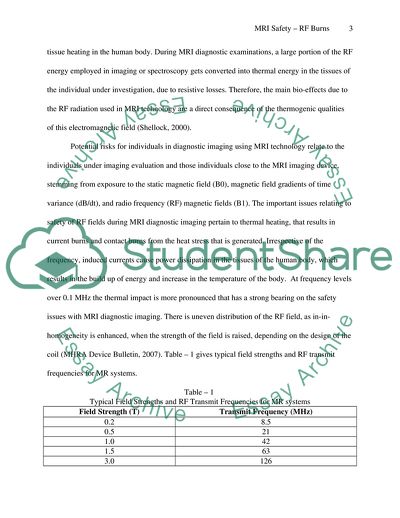Cite this document
(MRI Safety: RF Burns Causes and Prevention Coursework, n.d.)
MRI Safety: RF Burns Causes and Prevention Coursework. https://studentshare.org/health-sciences-medicine/1771777-safty-mri-rf-burns-causes-and-prevention
MRI Safety: RF Burns Causes and Prevention Coursework. https://studentshare.org/health-sciences-medicine/1771777-safty-mri-rf-burns-causes-and-prevention
(MRI Safety: RF Burns Causes and Prevention Coursework)
MRI Safety: RF Burns Causes and Prevention Coursework. https://studentshare.org/health-sciences-medicine/1771777-safty-mri-rf-burns-causes-and-prevention.
MRI Safety: RF Burns Causes and Prevention Coursework. https://studentshare.org/health-sciences-medicine/1771777-safty-mri-rf-burns-causes-and-prevention.
“MRI Safety: RF Burns Causes and Prevention Coursework”. https://studentshare.org/health-sciences-medicine/1771777-safty-mri-rf-burns-causes-and-prevention.


